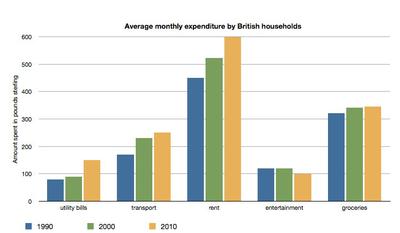

It doesn't look like much now (because it's blank), but there is a lot we can do with it. (5) When you are happy with the options, press the OK button to create the new pivot table. The other option is to choose the location in an already existing sheet and we can use the up arrow icon on the right of the location input box to do this. Excel will create a new worksheet that contains the pivot table. The default choice is to appear in a new worksheet. (4) Next, choose where you want the new pivot table (New Worksheet or Existing Worksheet). (3) Because we already selected a cell inside our table, Excel has already populated the Table/Range field with the name of our table, so we don't need to change anything here.

This menu allows us to choose the location of the data we want to analyze and where we want the resulting pivot table to live in the workbook. This will open the Create PivotTable dialog box: (2) Next, go to the Insert tab and press the PivotTable command. Even if the data is not in a table, Excel will guess the range of data based on selecting a single cell of the data. In this example, our data is inside an Excel Table named Vertex42 and if we select any cell inside this table, Excel will know we want to use the whole table of data.

(1) First, select the data you want to include in your pivot table: With pivot tables, you can easily filter, sort and summarize your data and turn thousands of rows of data into actionable insights. The PivotTable feature was introduced in Excel 5 back in 1994, and has seen dramatic improvements in function and ease-of-use since then. A Pivot Table is one of the most powerful and useful tools available for quickly summarizing data in a spreadsheet.


 0 kommentar(er)
0 kommentar(er)
